Characteristics of the Chinese economy in the period 2017 - 2024
Looking back at the development process, after more than 45 years of reform and opening up (1978 - 2024), the Chinese economy has deeply integrated and become an important part of the global economy. With the advantages of an economy with "high durability, great potential", holding a large market with a complete industrial system, abundant human resources, and large growth space; at the same time, being oriented by sustainable and long-term strategies, such as the Dual Circulation Strategy, Made in China 2025 Strategy, High-quality Development Strategy, New Quality Production Force..., China has maintained its autonomy and resilience to major fluctuations in the world situation. Specifically:
First, although China's gross domestic product (GDP) tends to decrease, it still maintains relative stability compared to many economies in the world. During the period 2017 - 2019, China's real GDP grew by over 6%, reflecting the transition from a growth model based on "quantity" to focusing on "quality" according to the orientation set by the Chinese Government . In 2020, the COVID-19 pandemic broke out, causing many economies to fall into recession, China became one of the few major economies to maintain a positive growth rate of 2.2%. In 2021, China's economy recovered strongly with a growth rate of 8.4%. In the period of 2022 - 2024, despite many challenges, the Chinese economy still achieved growth rates of 3% (2022), 5.2% (2023) and 4.9% (2024) respectively (1) . China continues to consolidate its position as the world's second largest economy, with the size of its economy expanding from about 82.7 trillion yuan (2017) to 134.9 trillion yuan (2024) (2) .
Exported cars at Yantai port, Shandong province, China, July 5, 2023_Photo: THX/TTXVN
Notably, in the period 2017 - 2024, China has shifted its economic structure towards high-quality development. In 2024, the service sector contributed 56.7% of GDP, industry and services contributed 36.5% and agriculture was 6.8% of GDP (3) . Notably, the information technology and software service industries have achieved impressive growth rates. Investment resources in fields such as electrical machinery and equipment; computers, electronics; scientific research; aerospace and railways in this period also grew at a compound rate of 15.6%, 14.9%, 13.6% and 11.8%, respectively. High-tech manufacturing has achieved a growth rate of 8.9% (in 2024), 3.1 percentage points higher than the entire industry (4) . At the same time, China is a global leader in renewable energy, leading in energy production through large investments in green energy conversion technology. These show that the trend of the Chinese economy is shifting towards high value-added innovation sectors.
Second, China's international trade maintained steady growth. Despite the challenges from the external environment, China's total import and export volume increased from 27.8 trillion yuan (2017) to 43.8 trillion yuan (2024) (5) . The trade surplus increased from 2.87 trillion yuan (2017) to 7.27 trillion yuan (2024) (6) , reflecting the strong export competitiveness of Chinese goods, especially the shift of exports from low-value to high-value and technological. China is gradually shifting its position from "the world's factory" to "the center of innovation and advanced technology manufacturing". China now leads the world in exports of many advanced technology products, including rare earths (64.5% of global market share), smartphones (47.4%) and drones (43.4%). The “new trio” of electric vehicles, lithium-ion batteries and solar panels have become important drivers of China’s export growth, helping to make China the world’s leading industrial manufacturer.
Amid rising trade tensions, China has been actively diversifying its export markets. The proportion of China's exports to countries participating in the Belt and Road Initiative (BRI) increased by 6.4% (in 2024), accounting for 50.3% of China's total imports and exports (7) . At the same time, China has been increasing trade with other countries to compensate for export controls in leading markets such as the United States and Western countries.
Third, economic stability and development contribute to improving people's quality of life, bringing achievements in poverty reduction. In 2024, China's per capita income will reach 41,314 yuan (equivalent to 5,755 USD) (8) . Infrastructure is modernized with the country building a 45,000km high-speed rail network (accounting for 2/3 of the total railway length worldwide) and developing 184,000km of highways. The urbanization rate is rapid, reaching 67% by the end of 2024 (9) . In 2020, China announced that it had completed the goal of building a moderately prosperous society in all respects. In the period 2012 - 2020, China helped 98.99 million people escape poverty; Food security issues have improved, from 113.18 million tons (in 1949) to 695.41 million tons (in 2023).
Fourth , China has made significant progress in the development and application of science and technology through promoting “new quality productive forces.” China has built a thriving artificial intelligence (AI) ecosystem by leveraging open-source technology and combining industrial policy and private sector innovation.
However, besides the bright spots, the Chinese economy also has challenges that hinder economic growth.
First, China's economic growth is slowing down as it faces some structural problems. For example, the new quality production force has been born but cannot completely replace the old production force . In 2024, the proportion of the information technology service industry increased by 10.9% and high-tech manufacturing increased by 8.9%, significantly higher than the overall GDP growth rate of 5% (10) . However, this figure is still not large enough to fully compensate for the weakening of the old production forces, especially when the real estate sector is currently a burden on the Chinese economy after the collapse of two leading groups, Evergrande and Country Garden.
The continuous decline in domestic consumption demand has led to the risk of deflation . The severe impact of the COVID-19 pandemic, the real estate crisis, rising unemployment rates and international trade tensions have caused consumer confidence to plummet. Prolonged weak domestic consumption pressure has caused China's GDP deflator to fall for five consecutive quarters (data as of Q3-2024).
The real estate crisis and local government debt are difficult problems that China needs to solve . The government's revenue from land sales has decreased sharply, from 8.8 trillion yuan (2021) to 4.9 trillion yuan (2024) (11) . According to data from the Chinese Ministry of Finance, by the end of 2023, China's hidden debt reached 14.3 trillion yuan, accounting for more than 10% of GDP. As of the end of October 2024, the total outstanding debt of local governments across China had exceeded 45 trillion yuan.
The high unemployment rate among the working-age group has become a challenge affecting the overall growth of the Chinese economy . The COVID-19 pandemic has created a major shock to the Chinese labor market, causing the unemployment rate to skyrocket to 5.9% (March 2020) and fluctuate at an average of 5.1%. Notably, the youth group (aged 16-24) has the highest unemployment rate, peaking at 21.3% (June 2023) and remaining at an average of 15.7% (12) .
The demographic crisis is a long-term factor affecting the Chinese economy . China's population has been declining for three consecutive years due to low birth rates and an aging population. By the end of 2024, the working-age population accounted for only 60.9% of the total population, while the proportion of people aged 65 and over reached 15.6%. This leads to the risk of a decline in labor supply and an increased burden on the social security system, affecting the ability of the Chinese economy to maintain its growth trajectory in the future.
Second , despite maintaining impressive export growth, China's trade activities also face a number of significant challenges, such as: 1- Due to the protectionist measures that the US and developed countries are applying to China and the inconsistent and unclear response policies of China, foreign investors are worried. From the third quarter of 2023, China's balance of payments recorded a net foreign direct investment inflow of nearly 12 billion USD due to asset sales or not reinvesting profits (13) ; 2- The trend of relying too much on exports to maintain economic growth is risky, especially in the context of weakening domestic consumption demand; 3- The large trade surplus also puts pressure on the yuan and exacerbates existing trade tensions.
Third, China's investment environment has not improved, causing FDI flows to tend to withdraw from China. Although the Chinese government has made strong policy commitments, investors still need to monitor actual reforms in regulations, market access and capital flow flexibility before making investment decisions. FDI flows into China have maintained an upward trend from 163.7 billion USD (2017) to a peak of 189.1 billion USD (2022) with an impressive growth rate of 21.2% in 2021 thanks to measures to reform foreign investment laws. However, in recent years, FDI flows into this country have decreased significantly. Of which, in 2024, it is about 115.56 billion USD (14) due to the impacts of increasingly fierce geopolitical competition.
China's FDI sources have also seen significant fluctuations. China's FDI peaked in 2017 and then gradually declined as the Chinese government increased its supervision and imposed restrictions on overseas investments amid the country's economic difficulties and the need to focus on domestic development needs. According to a report by the Ministry of Commerce of China (MOFCOM), China's FDI abroad reached 177.29 billion USD (in 2023), an increase of 8.7%, accounting for 11.4% of the total global FDI. China has been in the top 3 largest investors in the world for 7 consecutive years. Notably, China's FDI in BRI participating countries increased sharply, reaching 31.5% (equivalent to 40.71 billion USD) (15) .
China's economic outlook in the coming time
The Chinese economy is expected to enter an important transition period in the coming time with intertwined challenges and opportunities. In the short term, economic indicators show that the stable trend will continue. In the long term, new growth drivers of the Chinese economy are ready to break out. China has begun to adjust policies through important meetings; in which, the 3rd Plenum of the 20th Central Committee of the Communist Party of China (September 2024) has shaped the economic and political policy trends of China until 2030, opening a new chapter in the comprehensive reform process, moving towards Chinese-style modernization.
First, China’s GDP growth in 2025 is expected to reach 4.1% - 5%, depending on the effectiveness of economic stimulus packages and progress in structural reforms. However, moving into the 2026 - 2030 period, the Chinese economy may see a slowdown with average growth ranging from 3.8% - 4.3% due to pressure from the aging population, local debt burden and declining labor productivity.
Second, the growth engine of China's economy will shift from traditional industries to high-tech and digital transformation groups, in which the new quality manufacturing force will continue to play an important role. Promoting the new quality manufacturing force is not only an economic strategy, but also reflects China's long-term ambition in technological competition with the United States. In the new development roadmap with a three-step strategy to 2049, if "Made in China 2025" is the strategic tool for the first step, the new quality manufacturing force is the next step with the inheritance and upgrading of the strategy. In the new quality manufacturing force, the fields of AI, high-end manufacturing and the digital economy are expected to contribute up to 30% of GDP by 2025, with investments focusing on robots, autonomous vehicles and semiconductors. The clean energy sector, including electric vehicles and solar panels, is expected to grow 20% to 25%, helping China maintain its global leadership in the sector. To enhance strategic autonomy and increase its scientific and technological competitiveness with the United States and the West, China will promote the role of private enterprises, creating more space to facilitate high-tech startups.
Visitors interact with artificial intelligence robots at the 4th China International Consumer Products Expo in Hainan Province, China, April 15, 2024_Photo: THX/TTXVN
Third, China’s economic structure is likely to see a shift from investment to consumption. Stimulus policies will focus on home appliance innovation, increased medical support, and tax cuts, aiming for 5%-7% annual retail sales growth. Notably, the middle and upper classes (accounting for about 40% of China’s population by 2030) will drive stronger spending in areas such as tourism, education, and healthcare. To support this transition, China’s fiscal and monetary policies are likely to continue to be expansionary. At the same time, interest rates and reserve requirement ratios may continue to be adjusted downward to support small and medium-sized enterprises and promote innovation.
Fourth, in the coming time, China will continue to find solutions to deal with challenges to ensure stable economic growth. Specifically: First , the real estate industry (accounting for 25% - 30% of GDP) is in a serious recession. Forecasts show that this market may only achieve stability from 2026 onwards, creating significant pressure on short-term economic growth; second , the demographic issue poses a major challenge as China's working-age population is decreasing, leading to a labor shortage and putting pressure on the social security system; third , the tense geopolitical situation, especially the US-China trade conflict, forces China to shift to other markets such as the Association of Southeast Asian Nations (ASEAN) and the Middle East.
Fifth, some analysts have forecast that China’s growth rate could fall below 4% after 2030 if the country fails to reform its local financial system and reduce its reliance on public investment. In particular, the International Monetary Fund (IMF) has forecast that without major reforms, China’s economic growth rate could even fall to just 2.8% after 2030 (16) . Furthermore, large-scale fiscal stimulus packages could exacerbate local debt (currently around 50% of GDP) and create a bubble in the technology sector.
In the coming period, China will continue to face many internal and external challenges. However, the Chinese economy still has a lot of room for development. This can be clearly seen in the context that China has prepared and oriented its long-term economic growth target through many political events, such as the Party Congress, the Two Sessions and the Central Economic Work Conference (December 2024). At the same time, China is accelerating the construction of a new development model, pursuing the core task of high-quality growth, implementing more proactive and effective macroeconomic policies. This approach will focus more on high-level reform and opening up and building a modern industrial system to create a foundation for economic recovery, improve people's living standards, and lay a solid foundation for the 15th Five-Year Plan.
It can be seen that the success of the Chinese economy in the coming period will depend largely on the ability to balance short-term stimulus measures with long-term structural reforms, especially in the fields of real estate management and high-tech human resource development. Although China's growth rate may slow down, if China successfully transforms into a high-quality growth model, the country will continue to maintain its position as one of the main drivers of the global economy./.
----------------------
* The article is the research result of the 2025 Ministerial-level Project: "China's policy to promote economic cooperation in Southeast Asia in the period of 2017 - 2024" chaired by Dr. Do Mai Lan.
(1) World Bank: “GDP growth (annual %) - China”, https://data.worldbank.org/indicator/NY.GDP.MKTP.KD.ZG?end=2023&locations=CN&start=2017
(2) Bich Thuan: "China's economy to grow 5% in 2024", VOV Voice of Vietnam website , January 17, 2025, https://vov.vn/kinh-te/kinh-te-trung-quoc-tang-truong-5-trong-nam-2024-post1149306.vov
(3) National Bureau of Statistics of China: “National economy witnessed steady progress amidst stability with development targets achieved successfully in 2024”, January 17, 2025, https://www.stats.gov.cn/english/PressRelease/202501/t20250117_1958330.html
(4) Qian Zhou and Giulia Interesse: “China's economy report card for 2024: GDP, Trade, FDI”, January 20, 2025, https://www.china-briefing.com/news/chinas-economy-in-2024-gdp-trade-fdi/
(5) China Focus: China's foreign trade hits new high in 2024, January 13, 2025, https://english.news.cn/20250113/cff2e43549b2469699d8e7f10dd49ac0/c.html
(6) Mucahithan Avcioglu: “China's foreign trade hits record $5.98T in 2024”, January 13, 2025, https://www.aa.com.tr/en/economy/chinas-foreign-trade-hits-record-598t-in-2024/3448839#:~:text=ISTANBUL,trade%20growth%20rate%2C%20Wang%20noted
(7), (14) Qian Zhou: “China's import-export trends 2024-25: A comprehensive review of the first 10 months”, November 8, 2024, https://www.china-briefing.com/news/china-import-export-trends-2024-25-the-first-10-months/
(8) Hong Anh: “The gap between rich and poor is getting bigger, China's economy has more problems to worry about”, World and Vietnam Newspaper website , March 2, 2025, https://baoquocte.vn/chenh-lech-giau-ngheo-ngay-cang-lon-kinh-te-trung-quoc-co-them-van-de-de-dau-dau-306174.html
(9) Statista: “Degree of urbanization in China in selected years from 1980 to 2024”, https://www.statista.com/statistics/270162/urbanization-in-china/
(10) See also: Gerard DiPippo: “Focus on the new economy, not the old: Why China's economic slowdown understates gains”, February 18, 2025, https://www.rand.org/pubs/commentary/2025/02/focus-on-the-new-economy-not-the-old-why-chinas-economic.html
(11) Logan Wright: “China's Harsh Fiscal Winter,” Rhodium Group, March 24, 2025, https://rhg.com/research/chinas-harsh-fiscal-winter/
(12) China Youth Unemployment rate, https://tradingeconomics.com/china/youth-unemployment-rate
(13) Binh Minh: "FDI capital into China in 2023 is the lowest in 30 years", Vietnam Economic Electronic Magazine , February 19, 2024, https://vneconomy.vn/von-fdi-vao-trung-quoc-nam-2023-thap-nhat-30-nam.htm
(15) “China's outbound FDI grows 8.7% in 2023, driven by BRI investments amid global downturn”, September 25, 2024, https://www.globaltimes.cn/page/202409/1320335.shtml
(16) Dirk V Muir, Natalija Novta, Anne Oeking: “China's path to sustainable and balanced growth”, https://www.imf.org/en/Publications/WP/Issues/2024/11/15/Chinas-Path-to-Sustainable-and-Balanced-Growth-557369#:~:text=Summary,40%20under%20the%20reform%20scenario
Source: https://tapchicongsan.org.vn/web/guest/the-gioi-van-de-su-kien/-/2018/1090802/kinh-te-trung-quoc-giai-doan-2017---2024---thuc-trang-va-trien-vong.aspx


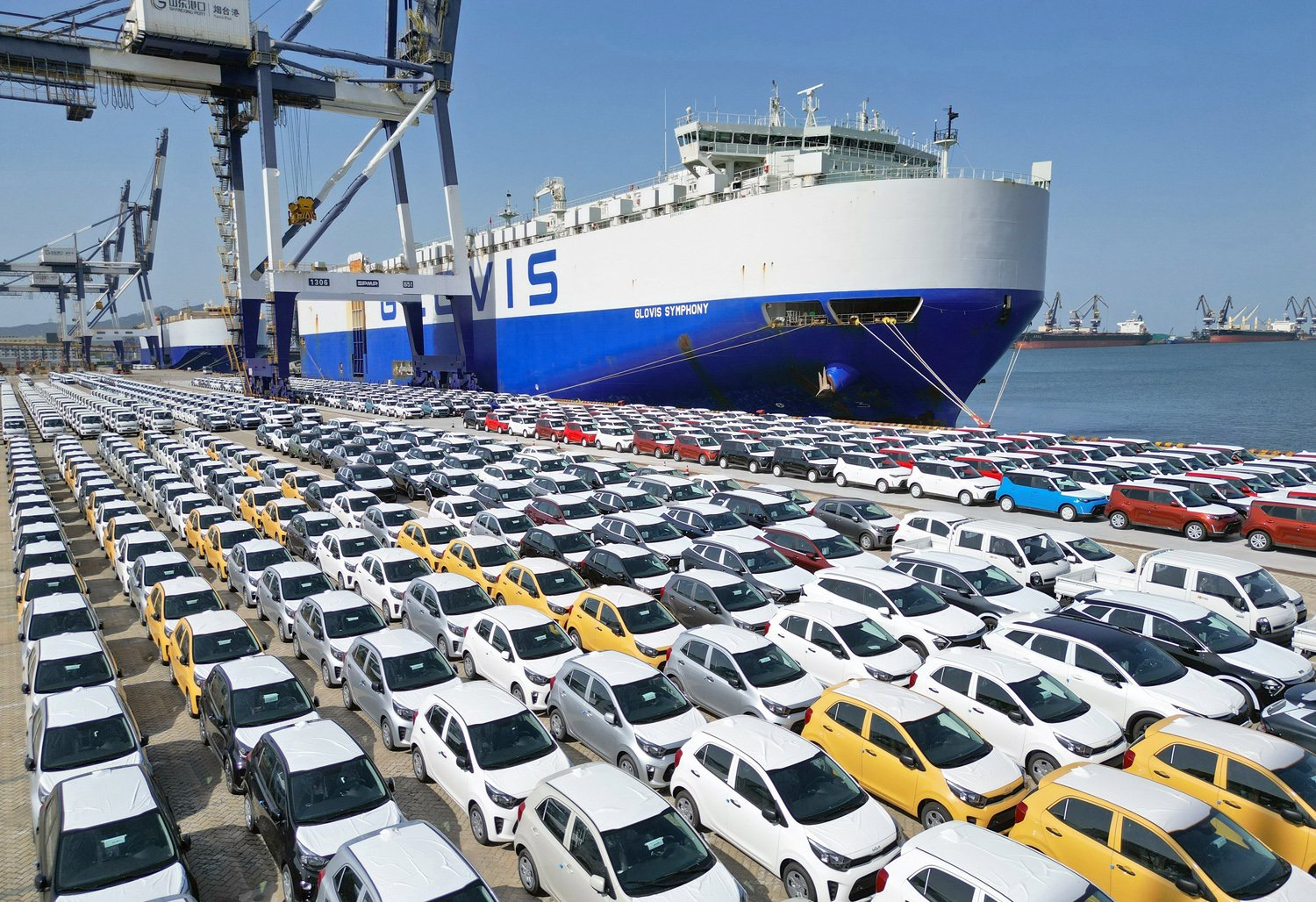
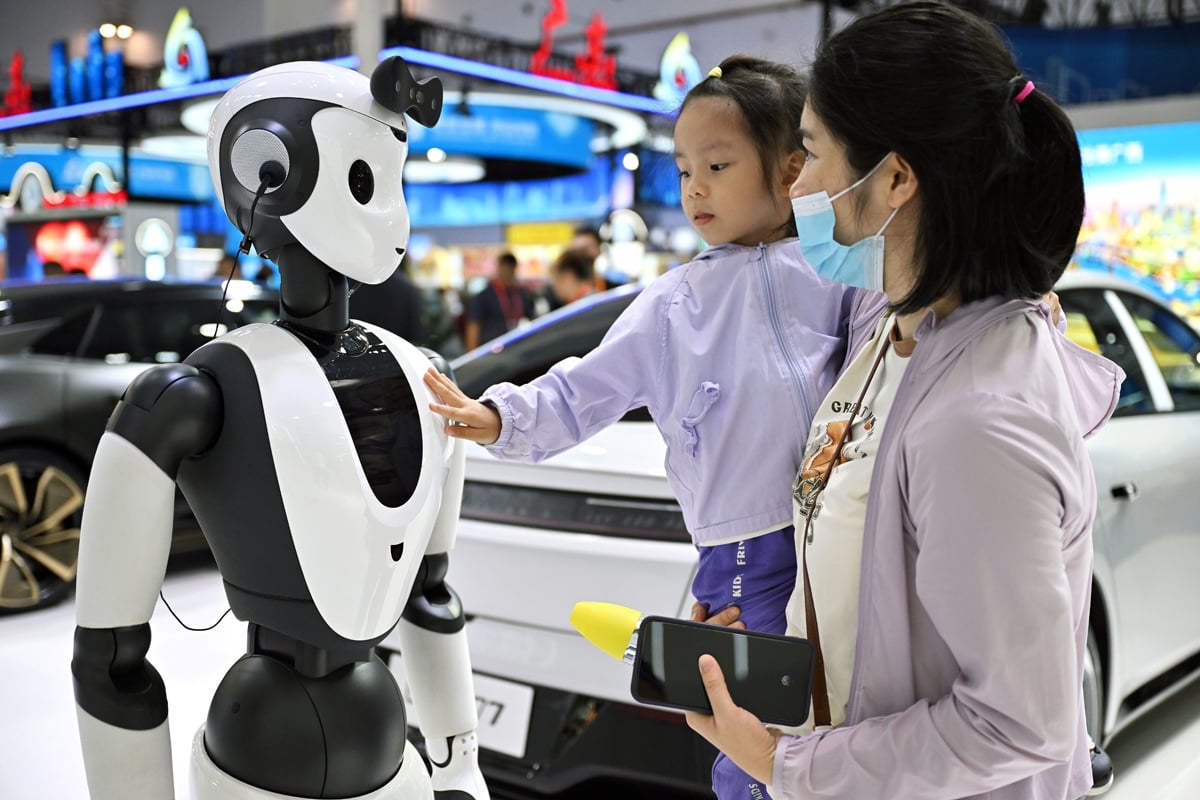


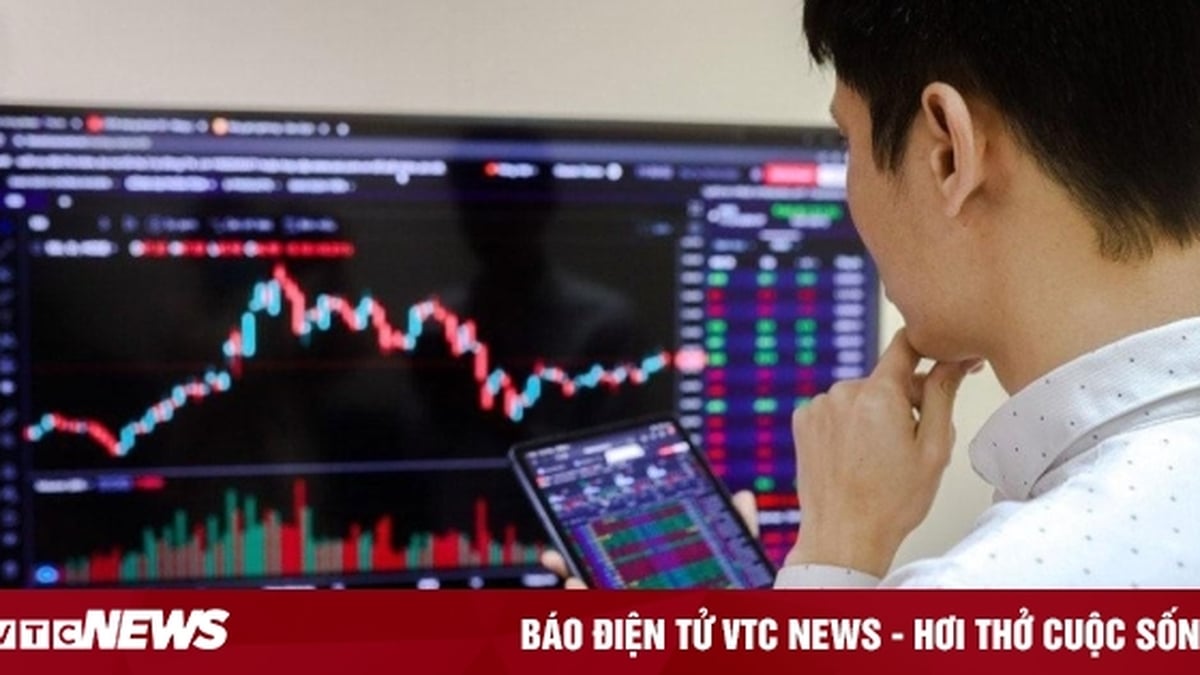
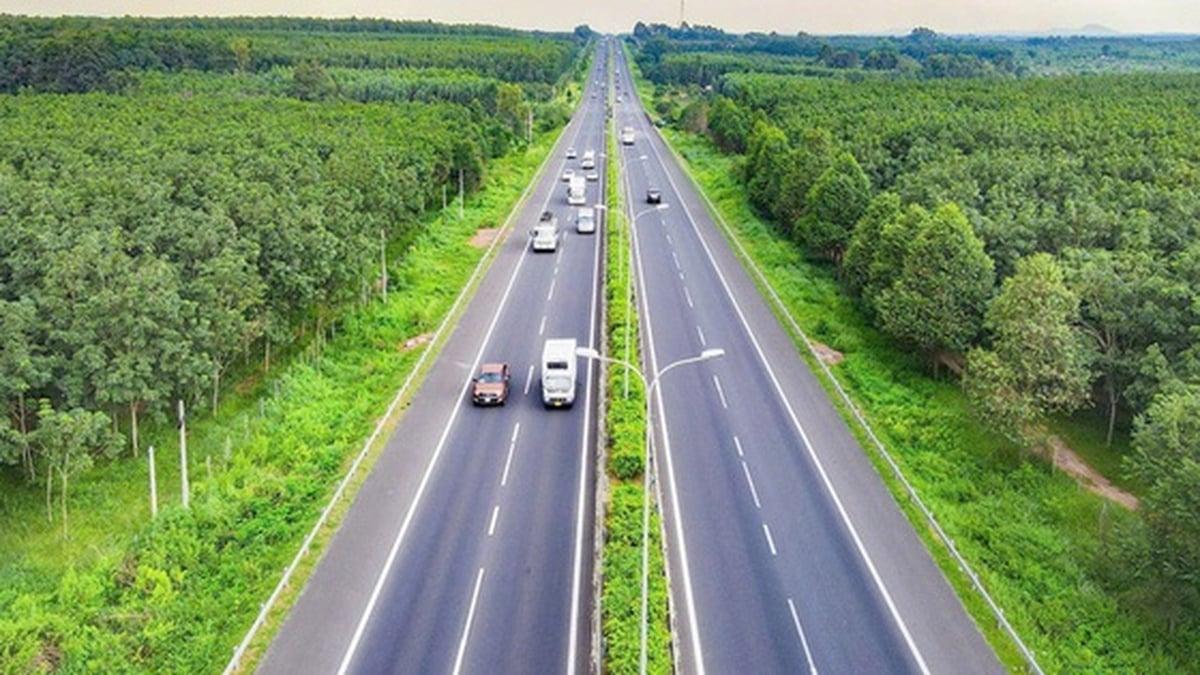





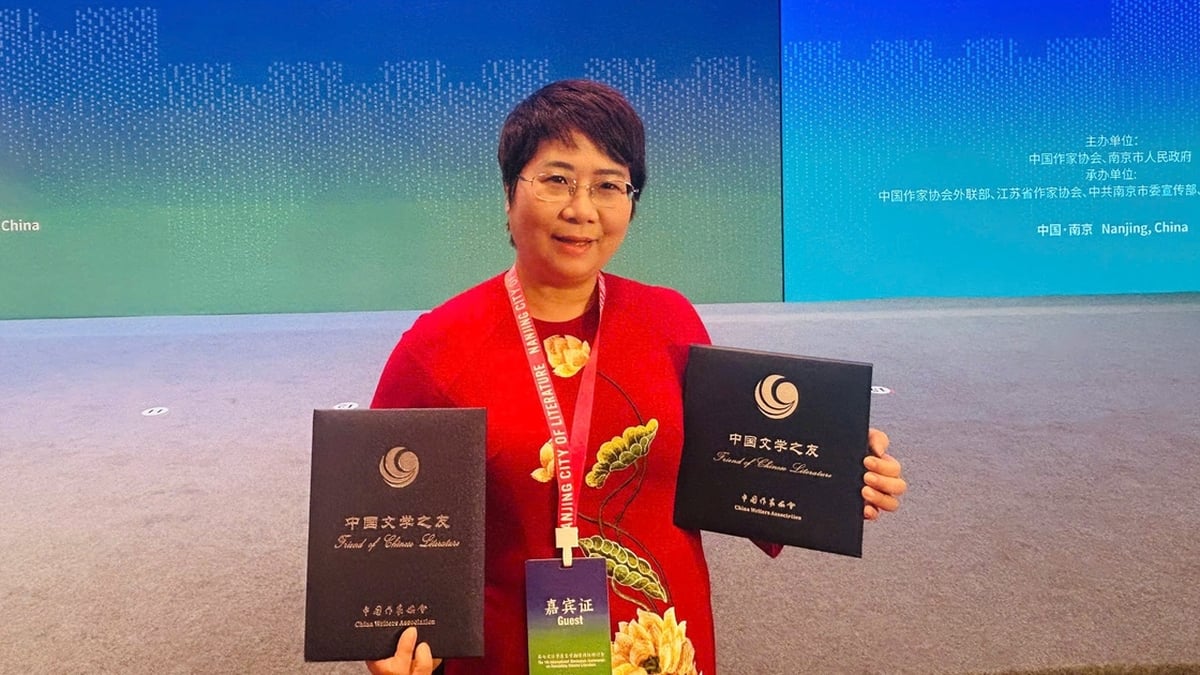

















![[Photo] National Assembly Chairman Tran Thanh Man visits Vietnamese Heroic Mother Ta Thi Tran](https://vphoto.vietnam.vn/thumb/1200x675/vietnam/resource/IMAGE/2025/7/20/765c0bd057dd44ad83ab89fe0255b783)






































































Comment (0)